MINERA TEAM | Small Spaces, Big Ideas!
Ismailia
Team Updates
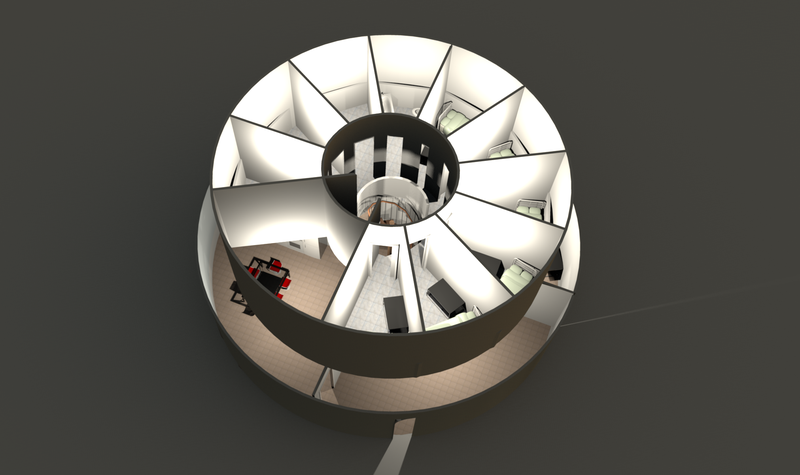
m
mohamed shehab mohamed
LAYERS
m
mohamed shehab mohamed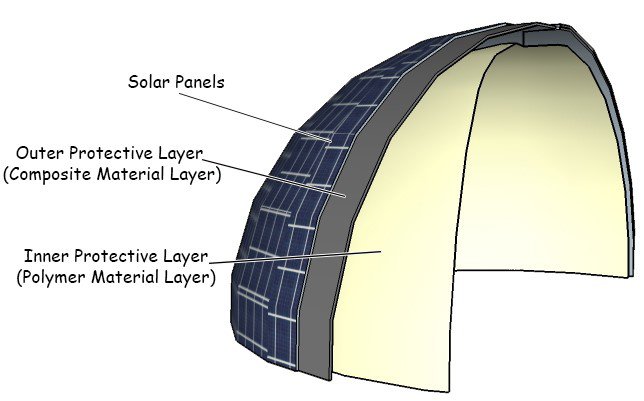
Layers of The Hab
m
mohamed shehab mohamed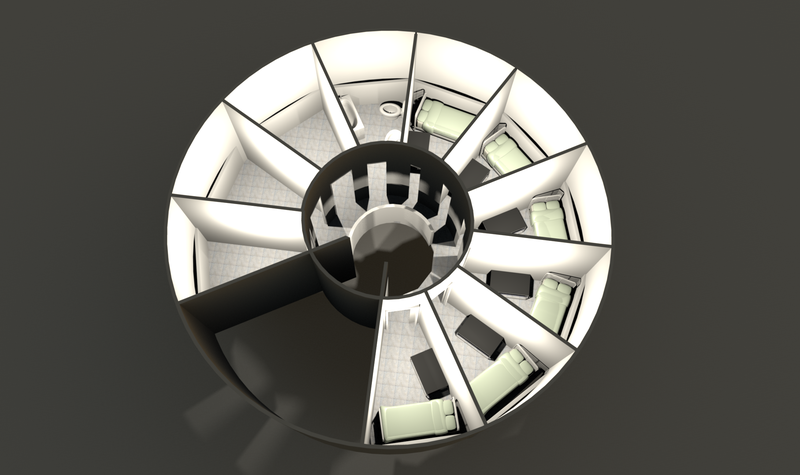
2nd Floor 3D Design
m
mohamed shehab mohamed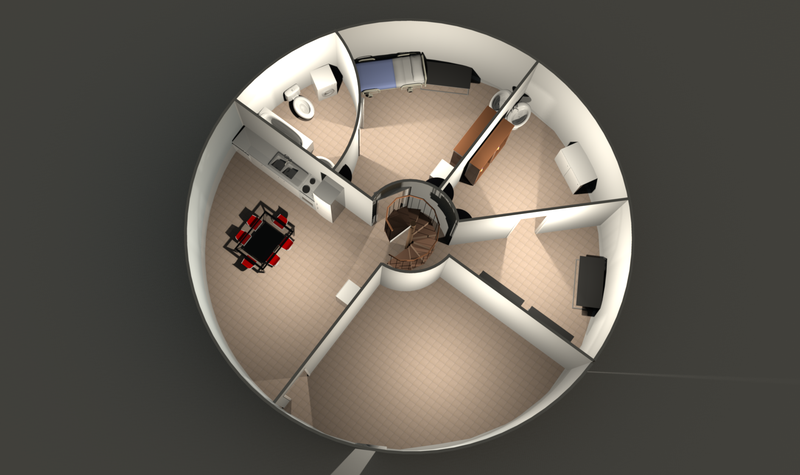
1st Floor 3D Design
m
mohamed shehab mohamed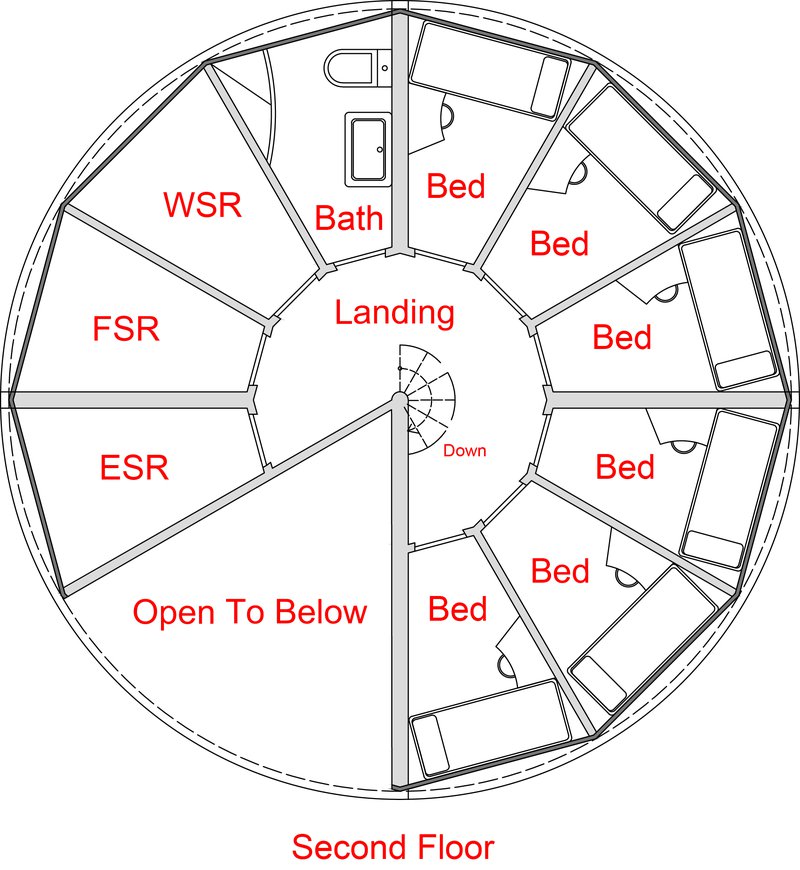
2nd Floor Design
m
mohamed shehab mohamed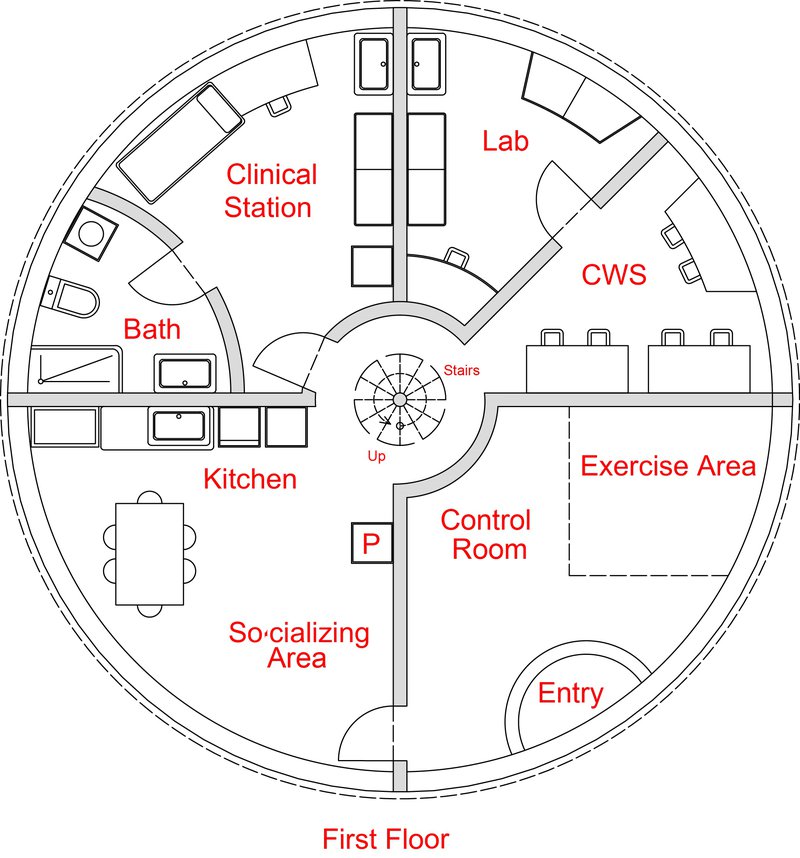
1st Floor Design
m
mohamed shehab mohamed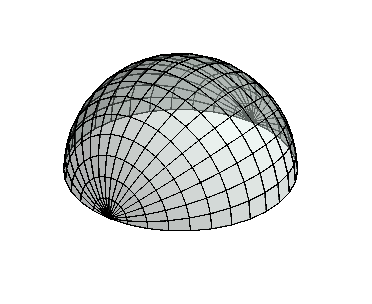
3D Outer Design 2
m
mohamed shehab mohamed- Background:
HI-SEAS (Hawai’i Space Exploration Analog and Simulation) is a NASA-sponsored research program that is studying crew cohesion and selection for long-duration space missions. A crew of six lives in a habitat (the “hab”) that is a situated in a lava field on a site that is visually and geologically similar to Mars. There were also a robust system of high-latency communication that imposes a Mars-like 20-minute delay on message reception each way.
- External Design:
- The 3 Outer Layers:
2-Protection layer (Polymer)
3-Solar Cells system
The main source of energy is the solar Panels which forms the outer third layer of the hab. Energy resourcesIn addition to solar energy, other resources of energy were included in the internal design of the hab, such as the bicycle and other equipments which are also used for exercise. Water supply:To mimic life on Mars in their dome, they had limited resources; water arrived every two months thus they showered once a week . So we added the ECLSS (Environmental Control and Life Support System) Water Recycling System (WRS) that is used in the ISS, which will reclaim waste waters from the Space Shuttle's fuel cells, from urine, from oral hygiene and hand washing, and by condensing humidity from the air. The ECLSS Water Recycling System (WRS), developed at the MSFC, will reclaim waste waters from the Space Shuttle's fuel cells, from urine, from oral hygiene and hand washing, and by condensing humidity from the air. Without such careful recycling 40,000 pounds per year of water from Earth would be required to resupply a minimum of four crewmembers for the life of the station. The water is stored in tanks in the Storage room
- The Clinic:
- Lab:
- Entertainment & socialization:
- Bedrooms:
- The Toilet:
- Other Rooms:
N
Nada Mohamed Abo ElsoudWe tried to make and use the tehnologies as much as we can to get many several methods that will help our humanknid to understand more about the space, galaxy and our universe.
A
Ahmed Tarek Ahmed Mohamedy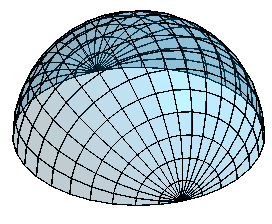
A
Ahmed Tarek Ahmed MohamedySpaceApps is a NASA incubator innovation program.